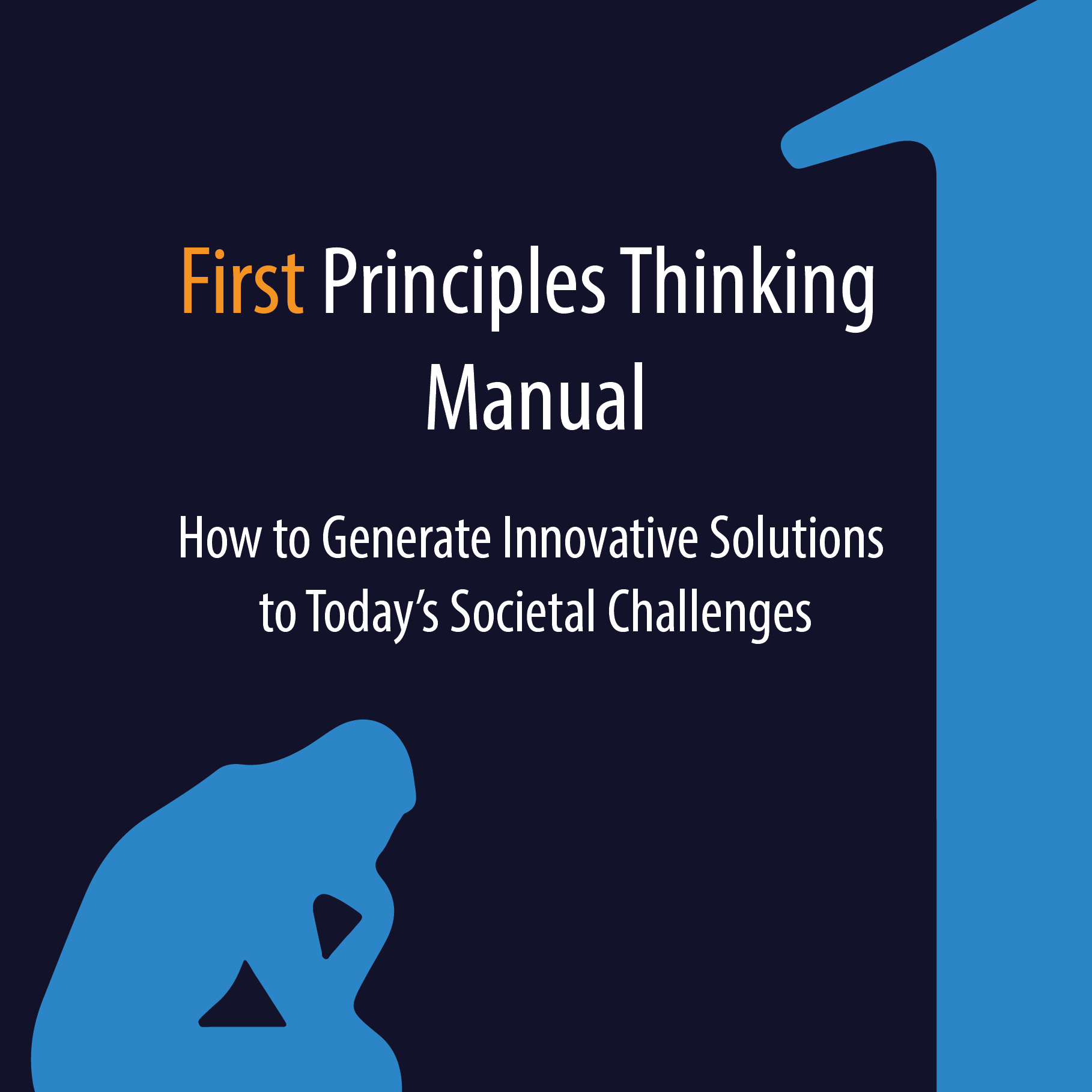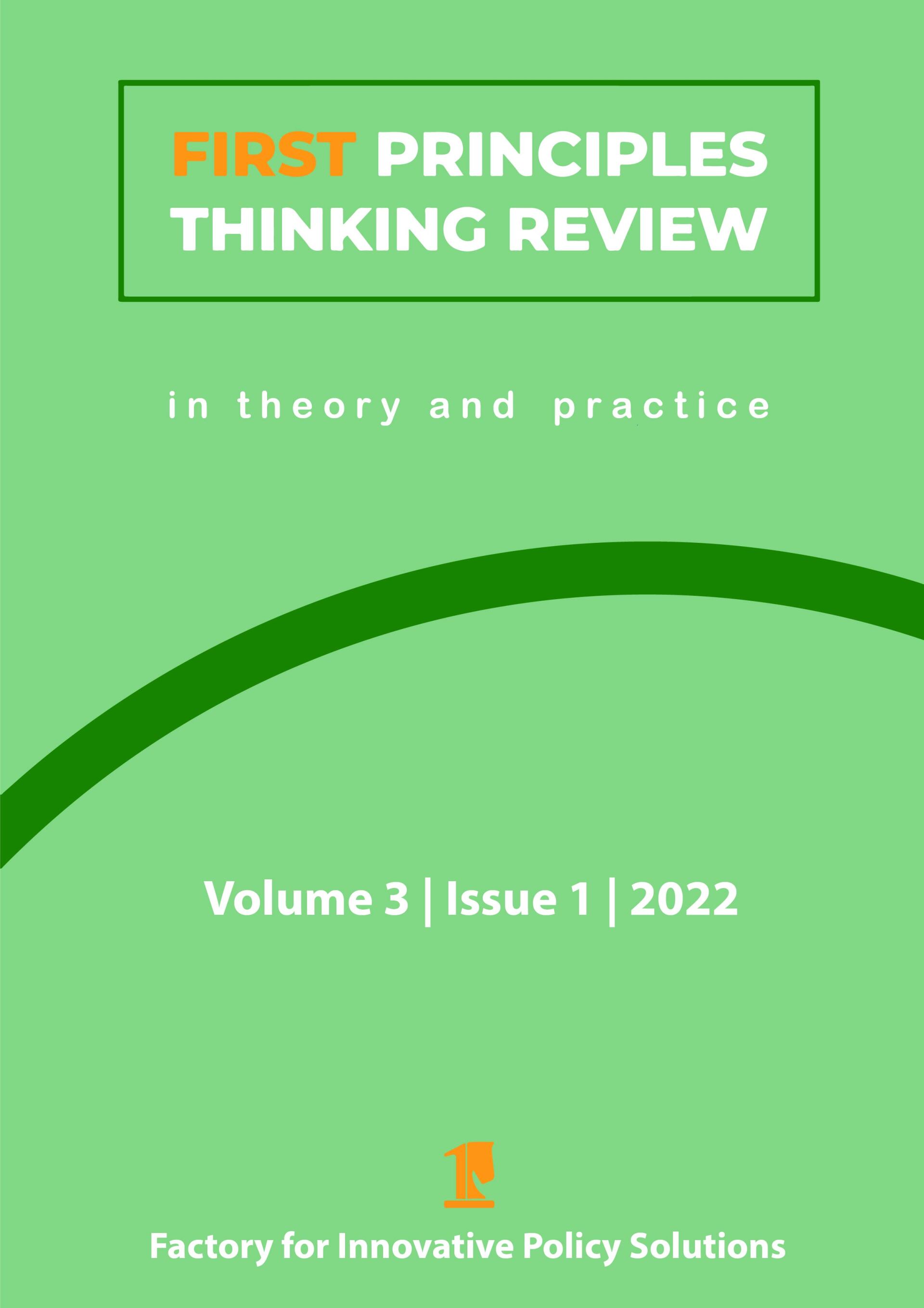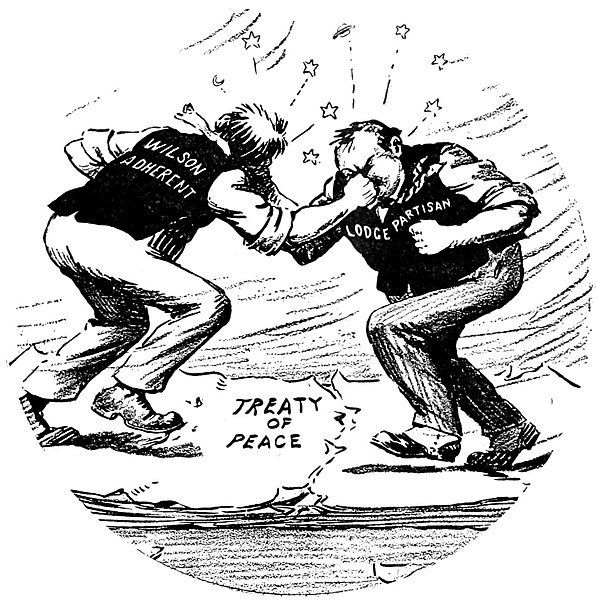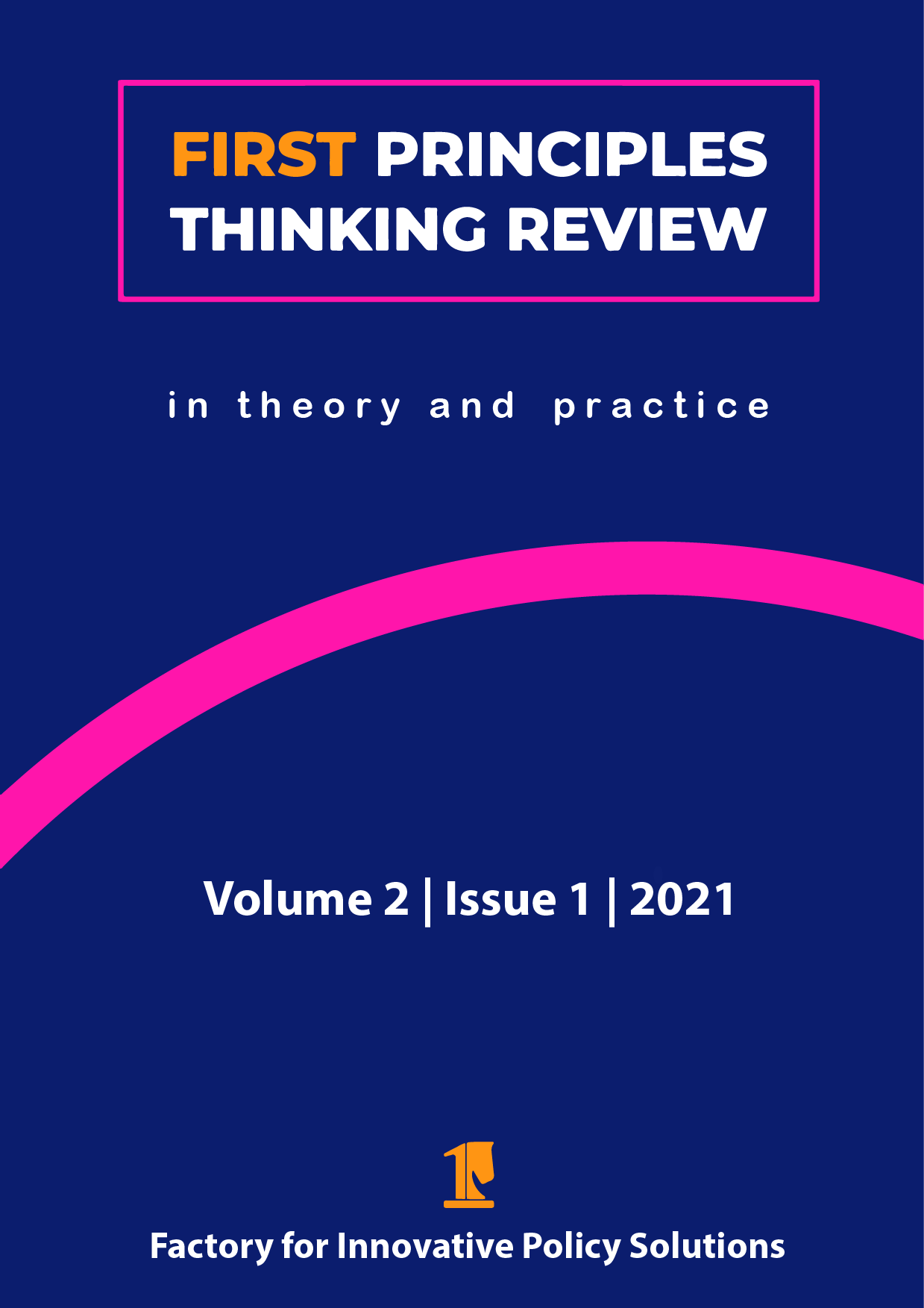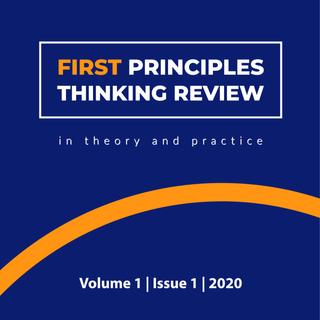Who Uses First Principles Thinking and Why You Should Become One of Them
What is First Principles Thinking? When did it originate? Who can use it? And why is it such a big deal? Ever since Elon Musk, founder and chief executive of a number of highly innovative companies like Tesla and SpaceX, attributed First Principles Thinking to part of his entrepreneurial success, the problem-solving method has begun to experience a comeback. Nonetheless, despite its relative simplicity and versatile applicability, First Principles Thinking remains a concept merely skimmed over in philosophy classes or only briefly mentioned in business courses. In order to clarify some of the confusion surrounding the concept, this article outlines the history and development of First Principles Thinking from its philosophical foundations to its place at the forefront of modern problem-solving and innovation.
First Principles in Classical Antiquity
The first account of the methodical use of first principles as a problem-solving technique dates back to ancient Greece, when it was proposed by Aristotle in both the Metaphysics and the Physics. In the former, Aristotle defines first principles as “the first basis from which a thing is known,” while in the Physics he explains that “in the science of nature as elsewhere, we should try first to determine questions about the first principles” because the “proper direction of our road is from things better known and clear to us, to things that are clearer and better known by nature; for the things known to us are not the same as the things known unconditionally" (Irwin, 1988). In other words, by warning the problem-solver never to accept common knowledge unquestioningly, Aristotle makes an early reference to epistemology, the branch of philosophy concerned with understanding the nature of knowledge itself. How do we go about knowing things? How do we know what is true and what is false? How can we determine what is a practical solution and what is not? All these basic epistemological questions can only be answered by deconstructing what we already know—or what we think we know—into first principles.
While Aristotle’s work dealt largely with the theoretical notion of first principles, the method was notably applied in practice by his contemporary Euclid, whose groundbreaking mathematical treatise the Elements used an indispensable set of first principles to establish what today are considered fundamental geometrical proofs. Book I of the Elements begins by providing a number of relevant definitions to conceptualize the terminology—point, line, circle, etc.—that would be used to present five first principles, called postulates or axioms, which serve as the basis for all of his later proofs: 1) a straight line segment may be drawn from any given point to any other; 2) a straight line may be extended to any finite length; 3) a circle may be described with any given point as its center and any distance as its radius; 4) all right angles are congruent; and 5) if a straight line falling on two straight lines makes the interior angles on the same side less than two right angles, the two straight lines, if produced indefinitely, meet on that side on which are the angles less than two right angles ( Clark University, 1998 ). Understanding that these five principles are unconditionally true—and apparently not bothered by the fact that the last might be a bit difficult to read—Euclid was able to use them to prove hundreds of geometric propositions, perhaps most famously the Pythagorean Theorem, which states that the square of the hypotenuse of a right triangle is equal to the sum of the squares of the other two sides (a2 + b2 = c2).
From the Renaissance to Modernity
Though much of ancient philosophy was abandoned in the Medieval Ages, First Principles Thinking experienced a revival during the Renaissance, when René Descartes began to introduce foundationalism into the Western epistemological tradition. The foundationalism of Descartes, itself largely based on Aristotelian thought, argued for the justification of any commonly held beliefs with fundamental beliefs, or first principles. This methodological approach, also known as Cartesian doubt, had a profound impact on the development of the modern scientific method, which stresses the use of empirical trials and various forms of reasoning to either prove or reject hypotheses. Of these various forms of reasoning, inductive and deductive reasoning in particular exemplify the application of First Principles Thinking to reach conclusions. While the inductive approach relies on first principles in the form of specific observations to build general theories, deductive reasoning utilizes them to create a top-down system of logic in which specific conclusions are drawn from basic premises, as in the example: 1) All men are mortal; 2) Descartes is a man; therefore 3) Descartes is mortal.
As the Renaissance gave way to the Enlightenment, new generations of philosophers continued to explore the use of first principles. In his Critique of Pure Reason, Immanuel Kant contributed to the epistemological debate by analyzing the relationship between “a priori” knowledge, which is derived from nature, and “a posteriori” knowledge, which is acquired through experience (Kant, 1999). Kant’s work laid the groundwork for what would become the philosophical school of idealism, or the belief that all human knowledge is subjective and mentally constructed through experience. The idealist tradition was, in turn, inherited by the Romantic thinker Georg Wilhelm Friedrich Hegel, whose philosophical approaches had a profound impact on Karl Marx after the Industrial Revolution. Marx advocated the ideological employment of first principles as a tool for making political criticism and promoting class consciousness. In a letter to his colleague Arnold Ruge, titled A Ruthless Criticism of Everything Existing, Marx argues that when making an effective political criticism, “we do not confront the world in a doctrinaire way with a new principle: Here is the truth, kneel down before it! We develop new principles for the world out of the world’s own principles. We do not say to the world: Cease your struggles, they are foolish; we will give you the true slogan of struggle. We merely show the world what it is really fighting for, and consciousness is something that it has to acquire, even if it does not want to" ( Marx, 1844).
First Principles in Practice
Although their value to the historical development of philosophical theory may be clear, how are first principles being used in practice in the 21st century? Returning to Elon Musk, he explains that “first principles is kind of a physics way of looking at the world. You boil things down to the most fundamental truths and say, ‘What are we sure is true?’… and then reason up from there" ( Ranadive, 2017 ). Peter Thiel, who worked with Musk as a co-founder and first CEO of PayPal, adds that “because every innovation is new and unique, no authority can prescribe in concrete terms how to be innovative. Indeed, the single most powerful pattern I have noticed is that successful people find value in unexpected places, and they do this by thinking about business from first principles instead of formulas" ( ibid ). Jeff Bezos, the founder and CEO of Amazon, has also incorporated first principles into his business model, urging entrepreneurs to “resist proxies” like established processes or market research and instead strive towards more fundamental truths like real outcomes or customer needs ( ibid ). Like Bezos, Reed Hastings, co-founder and CEO of Netflix, also discourages entrepreneurs from following established processes. Providing the anecdote of a software company he had started before Netflix, Hastings claims that there was a lack of innovation and creativity because his colleagues “were unable to adapt” due to “a bunch of people who valued following the process, rather than First Principles Thinking" ( Mejia, 2017).
The application of First Principles Thinking has no bounds. Wherever and whenever there are problems to be solved, one should always analyze the situation by first breaking down what is already known into fundamental truths. Only by understanding what is true unconditionally can a person hope to discover practical and innovative solutions to the task at hand. Whether that task is academic or professional, personal or political, there are always first principles from which one should begin to reconsider commonly held beliefs or re-evaluate existing precedents. In a world with no shortage of problems to solve, there is no time to waste repeating the same mistakes or waiting on someone else to take the initiative. First Principles Thinking is not only a tool of the philosopher or the CEO, but a method that can be employed by anyone who is passionate about a problem and serious about making a change. Therefore, if you are passionate about a problem, then First Principles Thinking is right for you. And if you are serious about making a change, then the Factory for Innovative Policy Solutionsis the place to turn your vision into reality.
References
- Irwin, Terence. Aristotle’s First Principles. Oxford: Oxford University Press, 1988.
- Clark University. “Euclid’s Elements.” Department of Mathematics and Computer Science, 1998. https://mathcs.clarku.edu/~djoyce/java/elements/
- Kant, Immanuel. Critique of Pure Reason (The Cambridge Edition of the Works of Immanuel Kant). Cambridge: Cambridge University Press, 1999.
- Marx, Karl. “For a Ruthless Criticism of Everything Existing (Letter from Marx to Arnold Ruge).” Deutsch-Französische Jahrbücher, 1844. https://www.marxists.org/archive/marx/works/1843/letters/43_09-alt.htm
- Ranadive, Ameet. “What Musk, Bezos, Thiel and Feynman Teach Us About First Principles.” Medium, April 2017. https://medium.com/@ameet/what-musk-bezos-thiel-and-feynman-teach-us-about-first-principles-261967d3e347
- Mejia, Zameena. “Elon Musk and Reed Hastings Both Used This Ancient Mental Strategy to Grow Their Billion-Dollar Businesses.” CNBC, July 5, 2017. https://www.cnbc.com/2017/07/05/tesla-elon-musk-and-netflix-reed-hastings-use-this-mental-strategy.html.
Apply first principles thinking yourself?
Would you like to apply first principles thinking yourself and have your problem-solving experience published in the First Principles Thinking Review? Then be sure to check out the submission guidelines and send us your rough idea or topic proposal. Our editorial team would be happy to work with you to turn that idea into an article.
Share this page
Disclaimer : The views, thoughts and opinions expressed in submissions published by FIPS reflect those of the authors and do not necessarily reflect the views held by FIPS, the FIPS team or the authors' employer.
Copyrights : You are more than welcome to share this article. If you want to use this material, for example when writing an article of your own, keep in mind that we use cc license BY-NC-SA. Learn more about the cc license here .
What's new?
